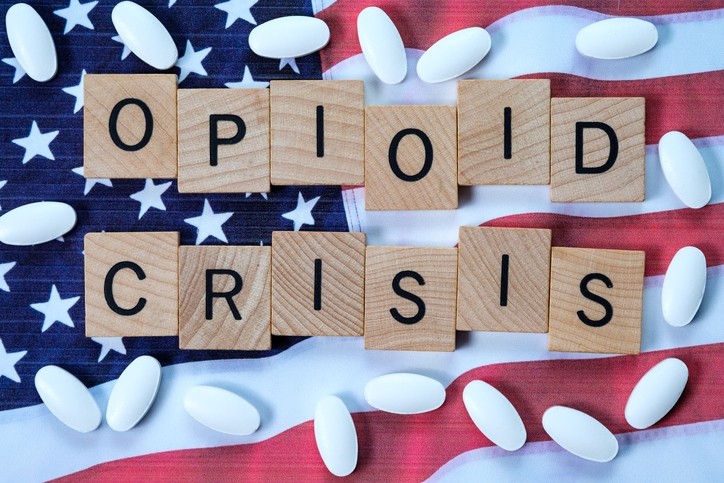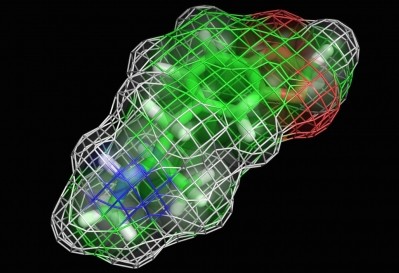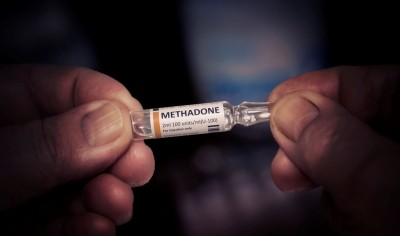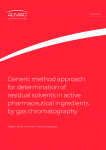Innovative approaches to opioid use disorder treatment

The report, called 'The strategic allocation of opioid settlement funds – an evidence-based approach to preventing deaths from opioid use disorder' examines both the challenges and opportunities that come with this funding, drawing lessons from the past mismanagement of tobacco settlement funds. It also provides evidence-based recommendations for improving public health and advancing treatment innovation. Here is a summary of Sonara Health’s detailed report.
Strategic innovations in opioid use disorder (OUD) treatment: A focus on methadone, buprenorphine, and beyond
The report points out that the opioid crisis continues to devastate communities, demanding multifaceted and innovative approaches to treatment. The authors believe that the allocation of opioid settlement funds represents an unprecedented opportunity to address this crisis through evidence-based, patient-centered strategies. To maximize the impact of these funds, it's essential to explore the latest advancements in medication-assisted treatment (MAT), address social determinants of health, and ensure culturally relevant care for diverse populations. Key innovations in methadone treatment, the expanded use of buprenorphine, naloxone distribution, and culturally informed interventions highlight the evolving landscape of OUD treatment.
Methadone treatment: Barriers and innovations
Methadone is a long-standing, highly effective treatment for OUD. As an opioid agonist, methadone binds to the same receptors in the brain as other opioids, reducing withdrawal symptoms and cravings, thus helping individuals sustain recovery and reduce their risk of overdose. Despite its efficacy, the traditional delivery model for methadone—requiring daily, in-person visits to opioid treatment programs (OTPs)—presents significant barriers to access, particularly for individuals who live far from an OTP or lack the time to attend daily appointments.
A key innovation in methadone treatment is the introduction of remote dosing solutions, such as the Sonara Health Virtual Dosing Window. This tool allows patients to record take-home doses using their phone or computer, enabling their care teams to monitor their medication remotely. By offering a more flexible approach to methadone administration, remote dosing could alleviate access barriers, enhance adherence, and improve patient outcomes.
Buprenorphine: Expanding access to MAT
Buprenorphine, another widely used MAT, offers a safer and more accessible option for treating OUD. As a partial opioid agonist, it binds to opioid receptors but produces a weaker response compared to full agonists like methadone and heroin, reducing the risk of overdose. Buprenorphine is also available in combination with naloxone (as Suboxone), further minimizing the risk of misuse.
One of the key advantages of buprenorphine is its ability to be prescribed in primary care settings, expanding access to treatment for individuals who may not live near specialized treatment centers. As a result, buprenorphine has the potential to reach more people in need, particularly in underserved or rural areas. Expanding access to buprenorphine and removing barriers to its prescription are critical components of a comprehensive OUD treatment strategy.
Naloxone: A life-saving tool for overdose prevention
Naloxone is a vital tool in reversing opioid overdoses and saving lives. As an opioid antagonist, naloxone works by binding to opioid receptors in the brain, displacing the opioid and reversing its effects. It is available in both injectable and nasal spray forms, making it highly effective and easy to administer during an overdose emergency.
Ensuring widespread access to naloxone is essential for preventing overdose deaths. By distributing naloxone to individuals at risk of overdose, their families, first responders, and community organizations, we can equip communities with the tools they need to save lives and reduce the mortality rate associated with opioid use.
Addressing social determinants of health in OUD treatment
To effectively address the opioid crisis, it is crucial to consider the social determinants of health (SDOH) that contribute to substance use disorders. Factors such as housing instability, unemployment, and co-occurring mental health conditions can exacerbate OUD and hinder recovery efforts. OTPs have a unique opportunity to provide resources in these areas or partner with organizations that do.
Housing support is critical for individuals in recovery, providing a stable environment that can reduce the risk of relapse and improve overall health outcomes. Employment support, including job training and vocational rehabilitation, can offer individuals financial stability, a sense of purpose, and social connections—all key components of long-term recovery. Additionally, access to mental health services is vital for addressing co-occurring disorders that often accompany OUD, offering counseling, therapy, and psychiatric care.
By addressing these SDOH, we can create a more holistic and supportive treatment environment for individuals with OUD, increasing their chances of sustained recovery.
Culturally relevant and equitable care
One-size-fits-all approaches to OUD treatment are insufficient, especially given the disparities that persist in access to care. Research shows that White patients are more likely to be prescribed low-barrier treatments like buprenorphine, while Black patients are more likely to be prescribed high-barrier treatments like methadone. Moreover, Black and Hispanic individuals are less likely to receive medications for OUD, even after experiencing addiction-related healthcare encounters.
Culturally informed interventions are essential for addressing these disparities. For example, the Mi’kmaq Nation in Maine used opioid settlement funds to build a sweat lodge dedicated to individuals in treatment for addiction. This culturally significant space plays a key role in the tribe’s healing traditions and provides a supportive environment for recovery. Similarly, the Imani Center in Portland, Oregon, offers culturally specific mental health and addiction treatment for the Black and African American community, providing a space where individuals can engage with culturally relevant care.
Prioritizing treatment innovation and sustainability
Opioid settlement funds offer a unique opportunity to support innovative treatment models that may not currently be reimbursed by health insurance. For example, South Carolina's
Opioid Recovery Fund (SCORF) recently approved funding for the use of Sonara Health’s Virtual Dosing Window at multiple opioid treatment centers. This remote dosing application bridges the gap between in-person, observed methadone dosing and traditional take-home dosing, offering a more flexible and patient-centered approach to care.
Research suggests that such innovations could enhance trust between providers and patients, increase treatment adherence, and reduce the burden of daily clinic visits. By funding these innovative treatment models, opioid settlement funds can serve as a catalyst for broader reimbursement and policy reforms that prioritize patient-centered care.
Conclusion
Addressing the opioid crisis requires a comprehensive, evidence-based approach that prioritizes innovative treatment models, addresses social determinants of health, and ensures culturally relevant care. The strategic allocation of opioid settlement funds presents an unparalleled opportunity to support these efforts, fostering sustainable recovery pathways for individuals affected by OUD. Through collaboration, advocacy, and continued investment in public health infrastructure, we can create a more equitable and effective system of care for those impacted by the opioid crisis.























